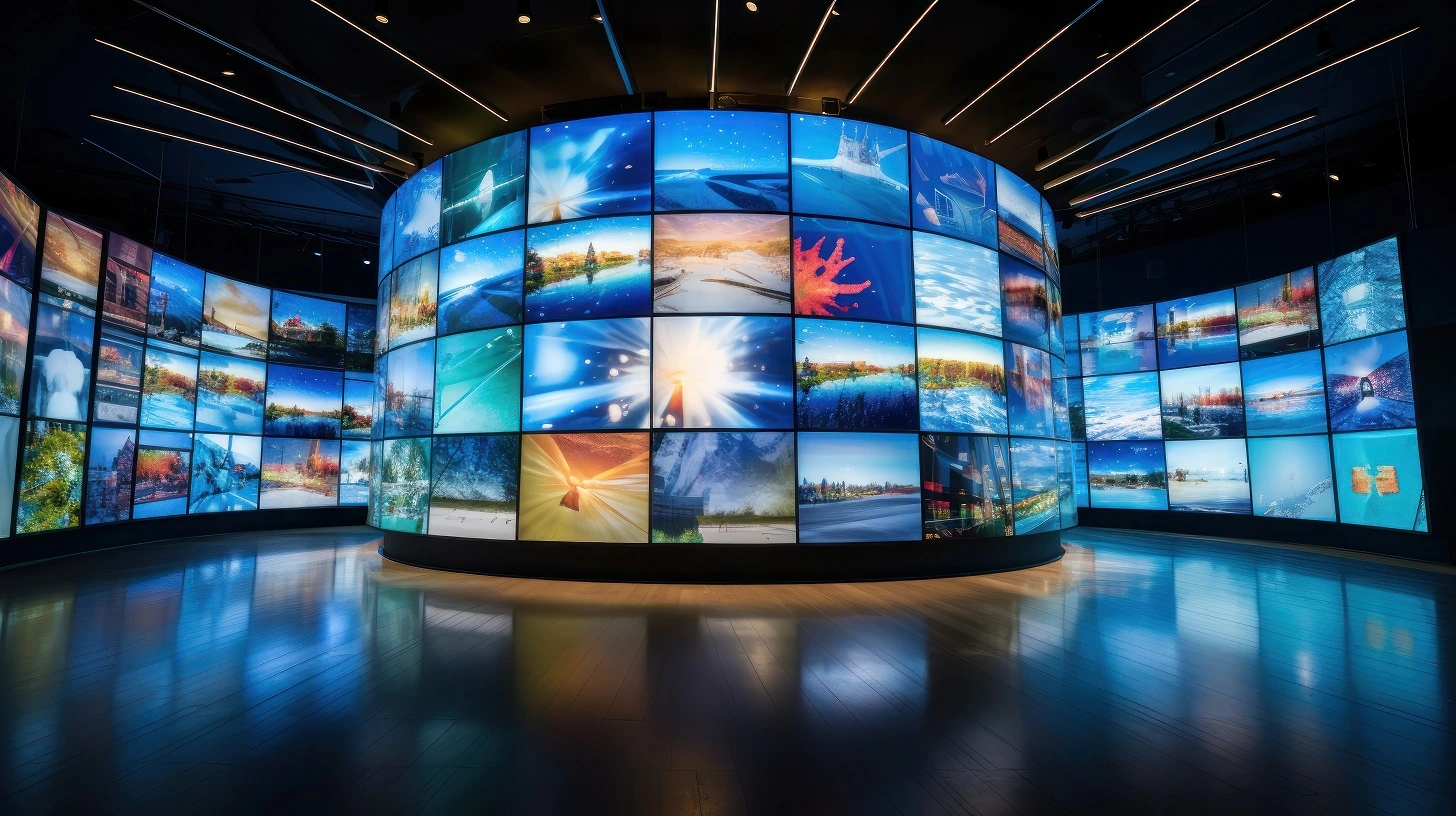Investigating The Way Resolution Affects the Functionality and Visual Caliber of Light Emitting Diode Walls in Contemporary Exhibition Technology
Investigating The Way Resolution Affects the Functionality and Visual Caliber of Light Emitting Diode Walls in Contemporary Exhibition Technology
Blog Article
Light Emitting Diode walls are growing more and more popular in various settings, including concerts and sports events to business displays and creative installations. One of the key crucial factors that influence the performance and image clarity of these screens is resolution. Resolution refers to the number of picture elements that compose the visual on the screen. Increased resolution means more pixels, which can result in sharper and clear images. Understanding how resolution impacts LED screens can assist operators make informed choices about their screen needs.
When talking about image clarity, it is crucial to take into account picture spacing, which is the gap between the center of one pixel to the midpoint of the following pixel. A smaller pixel pitch results in a greater resolution, allowing for more detail in the visuals shown. For instance, an LED screen with a picture spacing of 1.5mm will offer a sharper visual than one with a pixel pitch of 3mm. This is particularly crucial in environments where viewers are close to the display, such as in a compact location or a trade show booth. In these cases, a greater image clarity can greatly improve the viewing experience.
Another aspect of image clarity is its impact on hue precision and luminosity. LED walls with higher resolutions often have superior color rendering, indicating that the hues shown are more vibrant and realistic. This is essential for uses like advertising, where the goal is to capture interest and communicate a message efficiently. Additionally, greater resolution displays can maintain luminosity levels even when seen from different angles. This is important in large locations where viewers may be positioned at various distances and positions from the screen.
The performance of LED you can try here walls is also influenced by resolution in terms of refresh rates and response times. A higher resolution display can handle faster refresh rates, which is essential for dynamic material such as films and motion graphics. This indicates that the visuals on the display will look more fluid and increasingly seamless, enhancing the total viewing experience. In contrast, lower resolution displays may struggle with fast-moving content, leading to fuzziness or lag. Therefore, for occasions that depend on dynamic images, selecting a display with a suitable resolution is critical.
In conclusion, resolution plays a vital role in determining the performance and image clarity of LED screens. Elements such as picture pitch, color accuracy, brightness, refresh rates, and reaction durations all affect how efficiently a screen can convey information and capture audiences. As advancements continues to advance, understanding these elements will help users choose the appropriate LED screen for their particular needs, guaranteeing that they obtain the optimal potential results in their displays and occasions.